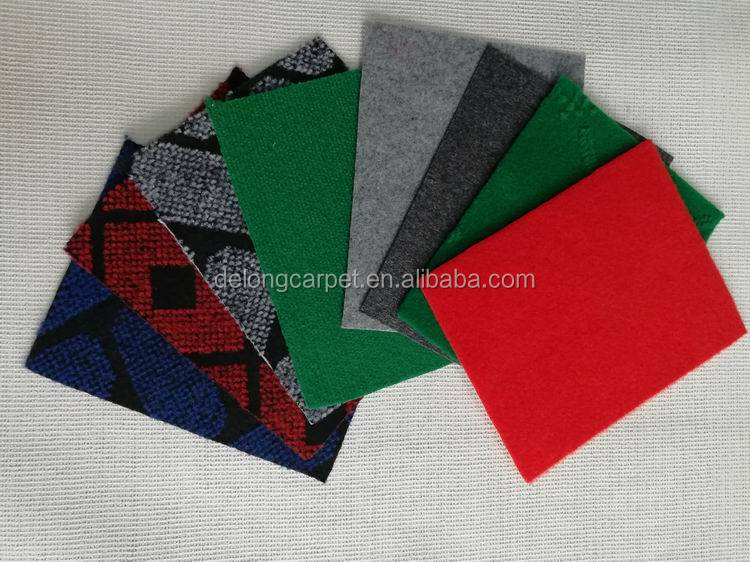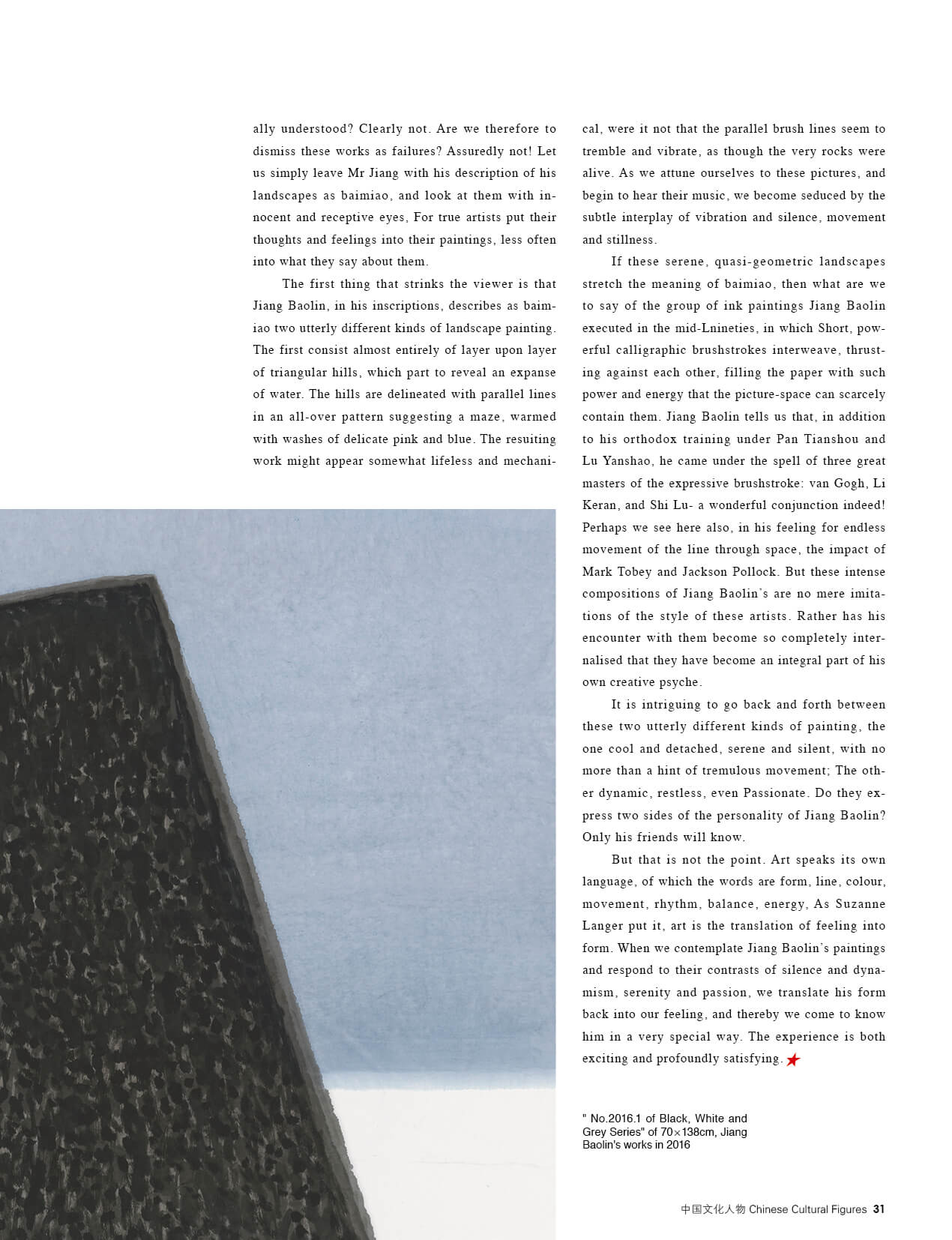Beyond the Carpet: An Examination of Cultural and Social Significance
In its simplest form, a carpet can be described as a textile product used for floor covering. However, when we delve deeper, the carpet symbolizes much more than just a decorative item. It represents a cultural and social phenomenon that manifests the rich tapestry of human civilizations. This article explores the cultural and social significance of carpets, delving into their historical context, symbolism, and role in society.

The History of Carpets: From Antiquity to Modern Times
Carpets have been around for centuries, with their history dating back to ancient civilizations such as Persia, Greece, and Egypt. In these early times, carpets were used primarily for their practical purposes, providing warmth and comfort while also serving as a means of expression for art and culture. As time passed, they evolved to become symbols of status, power, and wealth, often featuring intricate designs and patterns that reflected the cultural and religious values of the communities in which they were created.
The Cultural Significance of Carpets
Carpets are not just objects; they are vehicles for cultural expression and symbolization. They reflect the values, beliefs, and perspectives of the cultures in which they are created. For example, Persian carpets are renowned for their intricate designs and use of color, often featuring symbols and motifs that have deep cultural and religious meanings. Similarly, Chinese tapestries often display scenes from Chinese mythology and culture, while Indian rugs often feature geometric patterns and symbols that have significant spiritual meanings.

The Social Role of Carpets
Carpets have always played an essential role in society, serving as a means of connecting people and expressing their cultural and social identities. They are often passed down through generations, becoming family heirlooms that tell the stories of culture, tradition, and history. In some cultures, carpets are even used as a form of currency, exchanged for goods and services, or given as tokens of appreciation or respect.
The present-day significance of carpets is perhaps most evident in the realm of interior design. Today's modern homes often feature handmade rugs that reflect the cultural influences of their owners. From the bold patterns of Persian rugs to the serene landscapes of Chinese tapestries, these rugs not only add beauty to a space but also serve as statements of personal identity and taste. Moreover, they provide a connection to our past, a reminder of the rich cultural and social histories that have shaped us as individuals and communities.
Conclusion

Carpets are much more than just objects; they are symbols of our cultural and social identities, connecting us to our past while also expressing our present values and perspectives. They reflect the rich tapestry of human civilizations and provide a means of connecting people from different cultures and backgrounds. By examining the cultural and social significance of carpets, we gain a deeper understanding of ourselves and our communities, acknowledging the shared histories and experiences that have shaped our world.
Articles related to the knowledge points of this article:
The rise of the down jacket: a tale of fashion and function
Feather-filled Vest for Women: A Fashionable and Functional Wardrobe Staple
Title: Mastering the Art of Wearing a Tie: A Step-by-Step Guide for Perfect Tying
Title: Mastering the Art of Business Tie Knots: A Comprehensive Guide



